Having proper shelter is critical in an emergency. Next to being able to breathe, shelter is the most important requirement for survival. Exposure to extreme conditions, whether hot or cold, can put you in a life-or-death situation. This principle of preparedness is often overlooked, but with a little preparation, you can be warm and secure.
Modern Heating Systems Are Vulnerable
Most homes are heated with a central furnace system that delivers hot air through ducts. This type of heating system requires fuel such as natural gas or propane to generate hot air. It also requires electricity to run the fans that distribute the hot air. If either part of the system fails, you will be without heat.
Preparedness Challenge Week 47
This week assess your situation and choose a method for improving your ability to keep your family warm in a crisis. Depending on your need and your circumstances, take precautions to improve your situation.
Choose one of the following:
- Inventory and acquire necessary clothing and blankets
- Refuel vehicles when they reach the half-full mark
- Put extra warm clothing and blankets in your vehicles
- Purchase an approved indoor heater and necessary fuel
- Purchase a generator and necessary fuel
- Stock up on firewood or pellets if you have a wood stove, fireplace, or pellet stove
Choose one way to improve your ability to keep your family warm in a crisis.
How to Stay Warm Without a Heat Source
If you live in a cold part of the country, you need a strategy for keeping warm if you can’t heat your home in the winter during a crisis. Consider the following suggestions and then act.
CONSERVE ENERGY
Begin by conserving energy as much as possible.
- Close off unused rooms
- Open curtains and blinds in sunny rooms to increase warmth
- Insulate windows with heavy curtains
- Seal off drafts and air leaks with towels and rags
- Put rugs on hard-surface floors
Layer Your Clothes to Keep Warm

It makes sense to wear layers—this is the best way to keep your body warm. As part of this week’s preparedness challenge, inventory cold-weather clothing and double check that every member of your family has enough. Be sure that you have clothing that can be worn in layers. Wearing multiple layers of clothing on your torso will ensure that your core is warm, and body heat can help keep the extremities from getting too cold.
Wear layers to keep your core warm:
- Thermal or silk long underwear
- Lightweight long sleeve shirt
- Winter-weight shirt or sweater
- Vest
- Winter coat
Wear layers on your legs:
- Long underwear or leggings
- Outer pants
- Snow pants
Keep Your Feet Warm:
- Thin first-layer socks
- Wool socks
- Insulated boots
Add Other Clothing to Keep You Warm
- A variety of gloves—lightweight gloves, insulated work gloves, mittens (mittens keep hands warmer than gloves)
- Scarves, beanies, hats, ear muffs, neck gators
Keeping Warm While You Sleep
It makes sense to have plenty of blankets when you live in a cold climate. Down and down-alternatives are especially good choices. Sleeping bags are also a good option.

- Stay in one room
- Pitch a tent over the bed
- Seal off any cracks at doors or windows
- Use a battery-operated electric blanket as a back-up
Use Space Heaters with Alternative Fuels
You may want on an alternate heat source to heat your home—at least a way to heat one room. To conserve fuel, use temporary heat sources judiciously, e.g., for only part of the day.
The problem with this solution is that alternate heat sources may pose their own threat, so you need to take precautions. Any type of burning fuel will use up oxygen and release poisonous carbon monoxide. Misusing a heater could lead to asphyxiation. Portable heaters can also be a fire hazard.
To prevent carbon monoxide poisoning or risk of fire, heaters should be used but in well-ventilated areas with an outside air source, such as a partially opened window. Of course, follow all safety instructions listed by the manufacturer and safely store the appropriate fuel for your heater.
LOOK FOR THESE FEATURES IN A PORTABLE HEATER:
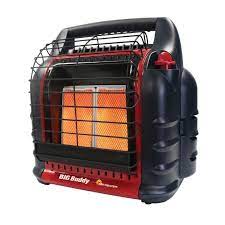
- UL-approved
- Designated for inside use
- Burns fuel efficiently
- Comes with a built-in oxygen sensor
- Comes with an automatic tip-over shut off
- Energy-efficient features with smart eco modes
- Overheating detection with an automatic shut-off
- Built-in timers or thermostats
CATALYTIC PROPANE HEATER
Catalytic heaters convert fuel, primarily propane, to warm, infrared heat. There are no open flames, and if in good working order, combustion is nearly 100 percent, eliminating the potential for carbon-monoxide poisoning. However, because they deplete oxygen, venting is necessary. They are effective at heating small spaces but require storing propane tanks.
KEROSENE HEATER
If you only need moderate heating for the short term, you might consider a highly-efficient, pressurized kerosene heater. There are many models to choose from so look for a heater with built-in safety features. They will require that you store kerosene.
Is It Time to Get a Generator?
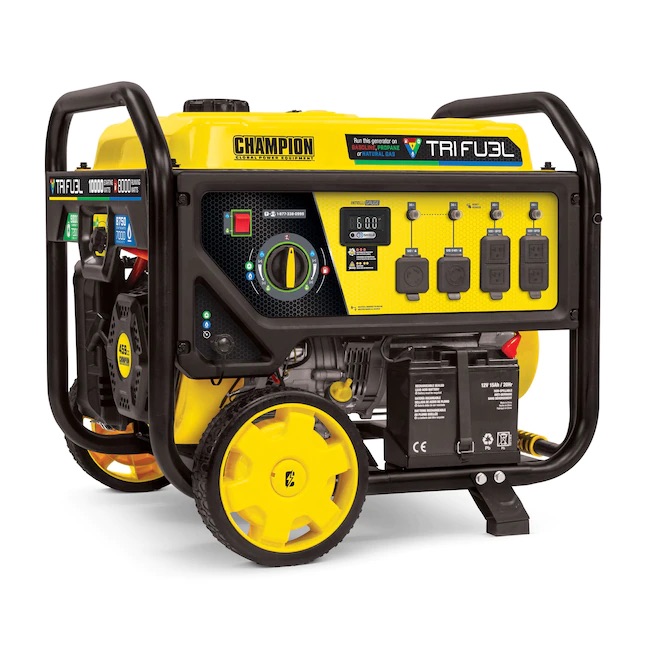
A generator may be your best solution for maintaining somewhat normal heating during a winter power outage or other emergency. If you are weighing the benefits of getting a generator with its cost, you can also think of it as insurance. True, you may only rarely use, if at all. But we often pay for insurance that we “don’t use.”
There are many options for generators, so take the time to learn about the options. Portable generators may run on propane, gasoline, diesel, solar, or a combination of fuels. I am thinking that this is a good topic for a future blog post. In the meantime, take the opportunity to educate yourself about the various types of generators.
ONE POSSIBILITY FOR A GENERATOR
We have a generator that runs on natural gas and is connected to our home electrical system. It is programmed to power-up each Thursday morning to keep it in good running condition. It will not power all our electrical uses, but will take care of all the basic needs like heat and refrigeration.
Protection on the Road
If you will be traveling in cold conditions, make sure you have a cold-weather emergency kit in your car as well as a way to keep warm. You can purchase a ready-to-go winter emergency kit or put it together yourself.
ITEMS IN A CAR EMERGENCY KIT
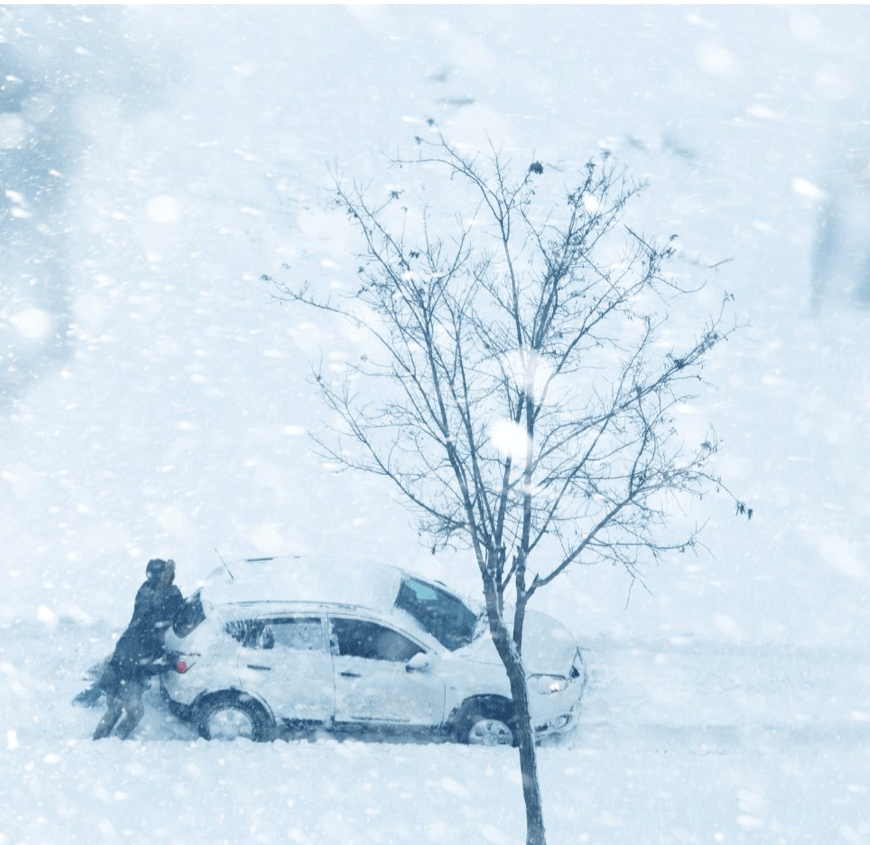
- Extra cold-weather gear, gloves, boots, rain poncho
- Blankets, hand warmers
- Water, snacks
- Battery booster cables
- Ice scraper
- Sturdy, portable shovel
- Bag of sand or cat litter for traction
- Wipes, rags
- Roadside warning triangles, flares, safety vests
- Cellphone charger
Learn More
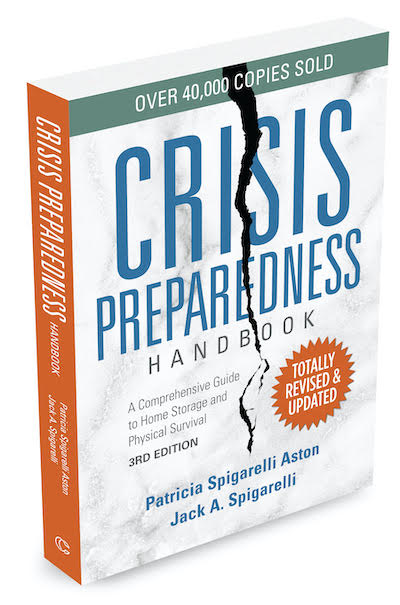
Learn more about emergency heating and how to handle power outages in my book Crisis Preparedness Handbook, Third Edition. You will also earn about water and food storage, sanitation, communication, transportation, etc. You can find out more about preparedness on my website CrisisPreparedness.com.
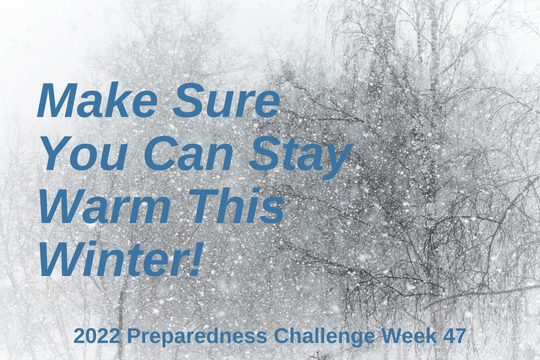


2 thoughts on “Make Sure You Can Stay Warm in an Emergency”
Thanks for an excellent guide to staying warm this winter. I see there is more I need to do to be prepared.
Thanks
David
Add emergency contact(s) in your cell phone.
This way emergency service workers can contact these contact(s) without opening your phone.